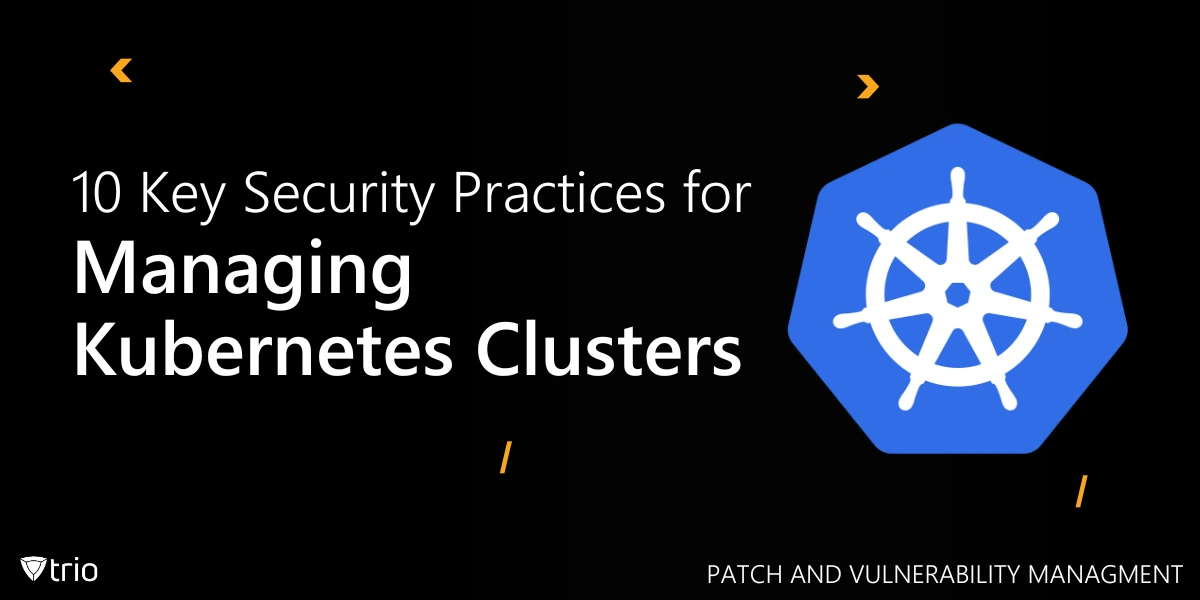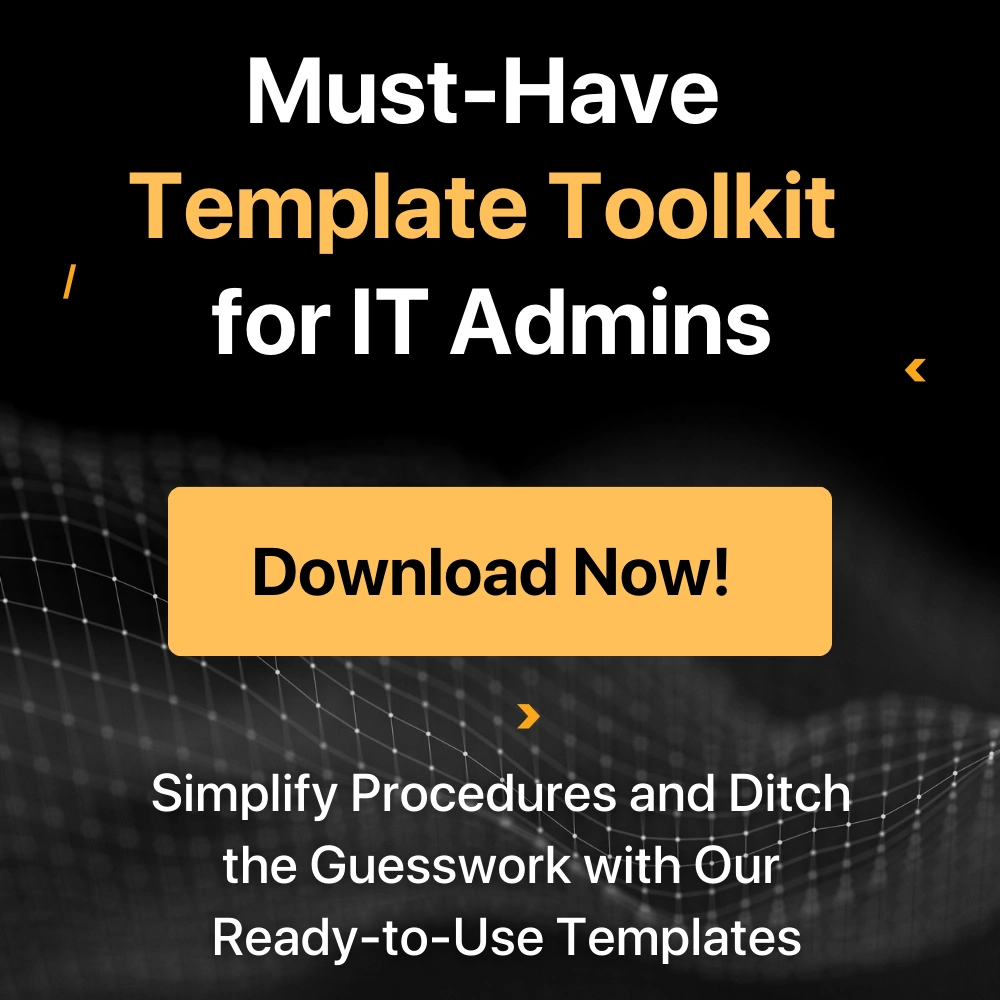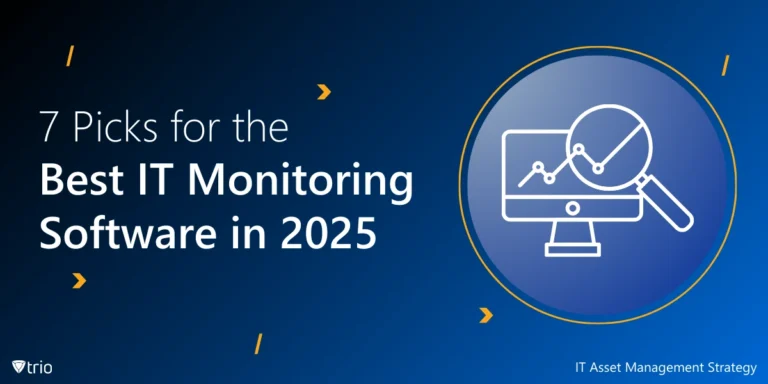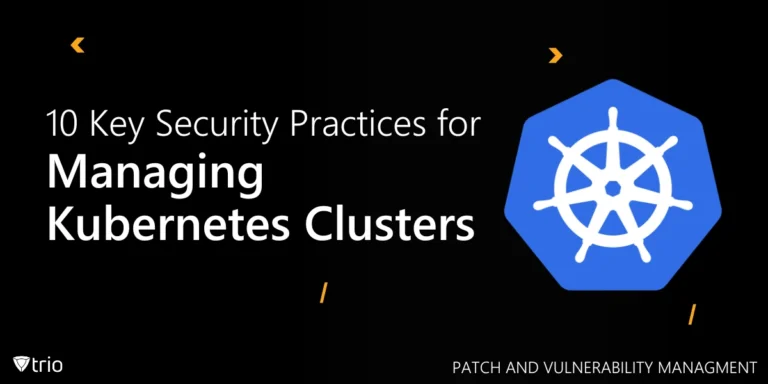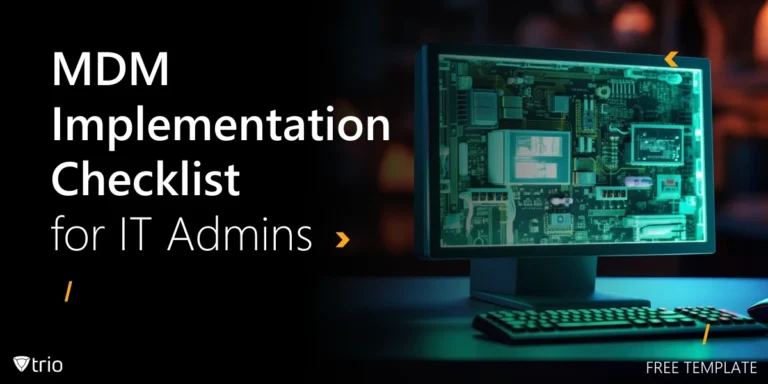Kubernetes has become the de facto standard for orchestrating containerized applications. Its popularity stems from the flexibility and scalability it provides, making it easier to deploy and manage complex workloads. However, securing Kubernetes clusters remains a pressing concern. Threat actors continuously look for ways to exploit misconfigurations or design flaws to gain unauthorized access.
A robust vulnerability management strategy for Kubernetes involves multiple layers of defense, from controlling user permissions to encrypting communication and data at rest. Just as a traditional data center requires network segmentation, firewalls, and diligent patch management, Kubernetes clusters demand a similarly holistic approach to security.
This post explores 10 key security practices for managing Kubernetes clusters. Each practice addresses a different layer of the cluster environment, ensuring that potential vulnerabilities are minimized. By understanding these methods and integrating them into regular workflows, organizations can significantly reduce the likelihood of security incidents.
1. Enforce Role-Based Access Control (RBAC)
Organizations often rely on Kubernetes to run critical business services, making secure access control a top priority. RBAC helps define clear boundaries around what operations different users and processes can perform. Adhering to Kubernetes security best practices means assigning only the minimum permissions necessary, reflecting the principle of least privilege.
Regular reviews of RBAC policies and permissions help keep configurations aligned with changing needs. Part of service account security best practices involves ensuring that service accounts for applications have only the permissions they require. Tight control over user roles and access reduces the attack surface within the cluster.
2. Secure API Server Communications
The Kubernetes API server acts as the central nervous system of the cluster. Without proper safeguards, attackers could exploit Kubernetes security vulnerabilities by intercepting or tampering with traffic. Securing communications typically involves encrypting all traffic with TLS certificates, ensuring that interactions between the control plane and worker nodes remain confidential and tamper-proof.
Authentication and authorization mechanisms should be enforced to verify that only legitimate clients communicate with the API. Additional measures, such as network policies or firewalls, can further isolate the API server from untrusted traffic. Combining these safeguards helps maintain a reliable and secure control plane.

3. Implement Network Policies
Containers within Kubernetes often communicate across a shared network, which can inadvertently allow traffic to flow in unintended ways. Network policies define how pods interact, ensuring that applications only have the connections they truly need. A well-designed policy, combined with a resource access manager or similar tool, limits east-west traffic and isolates potentially vulnerable workloads.
Implementing policies often involves using network plugins like Calico or Cilium, which provide the necessary layer of control. By explicitly allowing or denying pod-to-pod communication, organizations can restrict attacks to smaller segments of the cluster, reducing the blast radius if an intrusion occurs.
4. Use Pod Security Standards (PSS)
When pods run with privileged permissions, it becomes easier for malicious actors to escalate privileges or access sensitive areas of the host. Employing Pod Security Standards is part of Kubernetes cluster security best practices that reduce risks associated with misconfigured pods.
Admission Controllers like the Pod Security Admission plugin can enforce policies that disallow privileged containers or root access where it isn’t strictly needed. Regular reviews of pod specifications, combined with container runtime security tools, help ensure that only safe configurations are deployed. By following recommended pod security standards, the cluster environment remains more resilient to unauthorized privilege escalation.
5. Keep Kubernetes and Dependencies Up to Date
Applying updates is often the first line of defense against newly discovered vulnerabilities. Following a Kubernetes hardening guide typically includes implementing a structured patch and upgrade process for Kubernetes components, worker nodes, and associated dependencies.
With each Kubernetes release, security improvements and patches address known flaws. Automated tools such as Kured can streamline the maintenance process, rebooting nodes after patching without disrupting running applications. Keeping track of version compatibility across the cluster reduces the chances of introducing instability. An organized approach to updates ensures that the environment remains aligned with recommended standards for performance, security, and reliability.
6. Scan Images for Vulnerabilities
Container images can serve as Trojan horses if they include outdated software or malicious code. As part of Kubernetes security tools, scanning images for vulnerabilities is essential before pushing them into production. Integration with CI/CD Security pipelines ensures that images are validated at build time, allowing remediation of issues early in the development process.
Tools like Trivy or Clair can detect known vulnerabilities and outdated dependencies within container images. Further security can be provided by signing images via Notary or Sigstore, verifying authenticity before deployment. This careful scrutiny helps preserve cluster integrity and minimizes risk throughout the software lifecycle.
7. Restrict External Access with Ingress Controls
Ingress controllers provide a way to manage external requests entering the cluster. Configuring them properly can significantly reduce the exposure of internal services. Such fine-tuning may require specialized knowledge, making Kubernetes Security certification a useful credential for those designing cluster access strategies.
TLS termination at the Ingress prevents data from traveling in plain text, preserving confidentiality. Whitelisting specific routes or IP ranges helps filter out unwanted traffic before it reaches internal workloads. When combined with carefully defined network policies, ingress controls create a layered defense that limits the risk of external attacks and data breaches.
8. Monitor and Audit Cluster Activity
Detecting suspicious behavior often relies on robust monitoring and logging. Setting up detailed logs for system calls, container activity, and administrative actions enables quick investigation in case of an incident. Performing cybersecurity audits at regular intervals uncovers gaps in policies or potential misconfigurations.
Tools like Falco, Prometheus, and the ELK Stack provide real-time insights into cluster operations. Anomalies such as sudden spikes in container resource usage or unauthorized API calls can indicate intrusion attempts. Building alerts and notifications around critical metrics transforms raw logging data into actionable security intelligence, strengthening overall Kubernetes cluster resilience.
9. Enable Secrets Management
Storing sensitive data in plain text leaves clusters vulnerable to theft or misuse. Comparing a secret manager vs systems manager can help determine which solution best meets the organization’s needs. External tools such as HashiCorp Vault or Sealed Secrets add layers of encryption and access controls that go beyond native Kubernetes Secret objects.
These approaches often integrate seamlessly with the wider ecosystem, ensuring that only authorized processes and users can retrieve credentials or keys. By adopting best practices for generating, rotating, and revoking secrets, organizations reduce the risk of lateral movement if an attacker does gain a foothold in the cluster.

10. Protectetcd With Encryption and Access Controls
Kubernetes stores its entire state in etcd, including configuration data and, in some cases, secrets. Compromising etcd can mean full control over the cluster. Encrypting etcd at rest ensures that even if data is accessed, it remains unreadable. Appropriate file system permissions and strong authentication methods prevent unauthorized use of etcd endpoints.
Restricting network access to etcd is equally important, ideally limiting connections to the control plane nodes. Regular backups, stored securely offsite, mitigate the risk of data loss and support disaster recovery. By safeguarding etcd, organizations preserve the integrity of vital cluster configurations and metadata.
How Trio Strengthens Your Defense
Mobile Device Management (MDM) solutions are relevant to Kubernetes security because administrators often access cluster resources from multiple devices. By managing and securing these endpoints, MDM reduces the risk of unauthorized access and data leaks. With a central platform, organizations can enforce device encryption, apply patches, and implement consistent security policies for all authorized users.
Trio offers a holistic approach to MDM that complements Kubernetes security measures. Its advanced device monitoring and automated compliance features help maintain a secure environment without additional overhead. To further explore how Trio can enhance cluster protection, simply sign up for a free demo today.
Conclusion
Securing a Kubernetes cluster demands multiple layers of defense, from strict access controls to effective monitoring. Regularly reviewing these 10 key practices helps maintain a resilient environment. In a landscape of evolving threats, consistent vigilance and well-structured security policies form a strong foundation, mitigating risks and protecting vital containerized workloads.
Get Ahead of the Curve
Every organization today needs a solution to automate time-consuming tasks and strengthen security.
Without the right tools, manual processes drain resources and leave gaps in protection. Trio MDM is designed to solve this problem, automating key tasks, boosting security, and ensuring compliance with ease.
Don't let inefficiencies hold you back. Learn how Trio MDM can revolutionize your IT operations or request a free trial today!
